Lexus has defined the strategy for a new generation of fully electric vehicles, applying design principles and new technologies that will change the future of automobiles.
In this sense, the brand revealed at its annual Kenshiki forum in Brussels a deeper insight into the path it will follow to become a 100% battery electric vehicle (BEV) brand worldwide by 2035, betting on a new modular architecture that will simplify processes and pave the way for greater luxury customization.
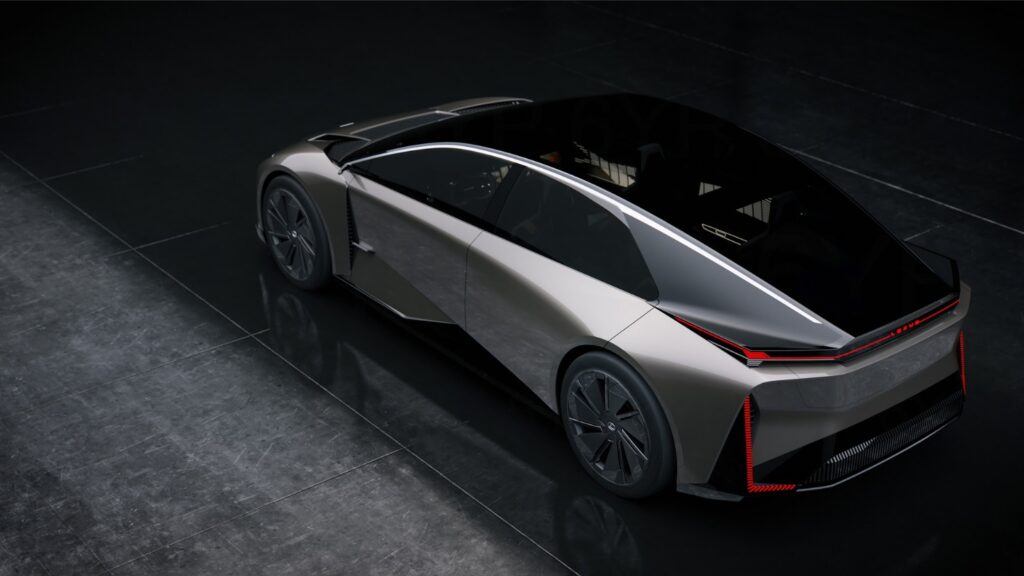
“When it comes to electrification, we will once again push the boundaries of the premium automotive world. We will develop a new modular vehicle and next-generation battery structure, not only to enhance the performance of our battery electric vehicles, but also, and perhaps most importantly, to reinvent the joy of driving. There will also be a revolution in software, which will allow us to design vehicles with the highest degree of customization, making luxury truly personal for each of our customers,” said Pascal Ruch, Vice President of Lexus Europe and the value chain.
Thus, the next generation of Lexus’ 100% electric vehicles will take advantage of opportunities to reduce size and weight in structural parts to offer more versatile vehicle concepts. Advances in electrification technologies will allow for further evolution of the Lexus Driving Signature – a constant connection between driver and car to provide greater comfort, confidence, and control at all times.
The Japanese brand took the opportunity to present the LF-ZC concept in Europe, which anticipates a new production sedan from Lexus scheduled for launch in 2026. It features elegant proportions, a low center of gravity, a spacious cabin, and a design that combines functionality with seductive aesthetics.
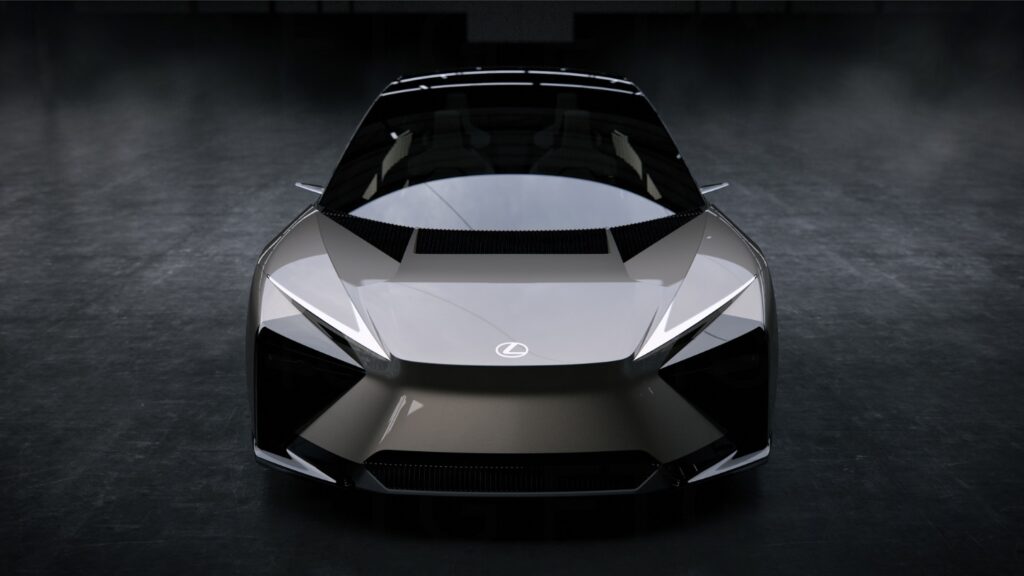
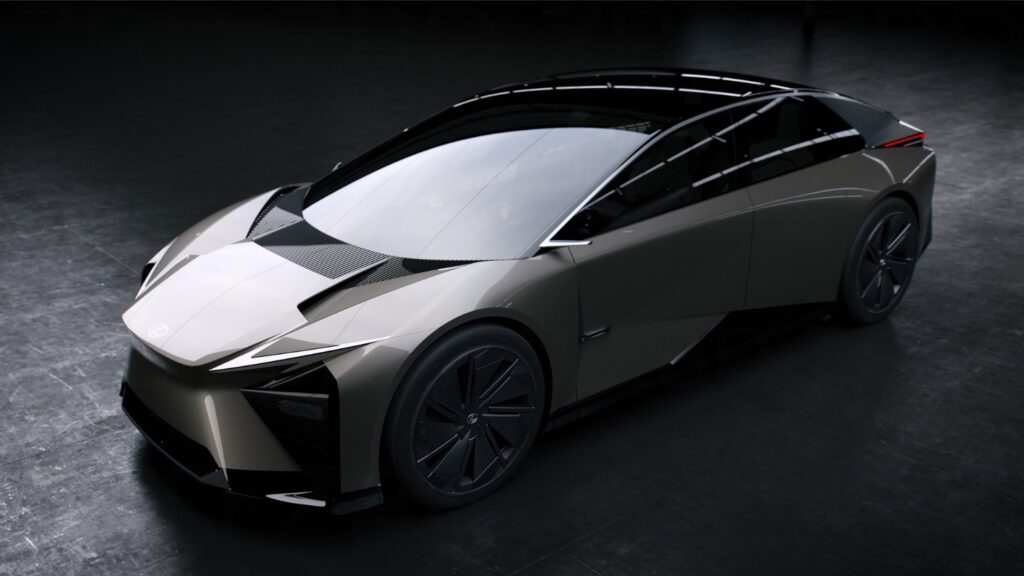


In addition to the LF-ZC, the brand showcased the LF-ZL, based on the same architecture but planned for a later market release. It features an intelligent and fully digital cockpit that gives the driver quick access to controls in an immersive environment. The striking central element is a steering yoke to command Lexus’ exclusive One Motion Grip steer-by-wire technology.
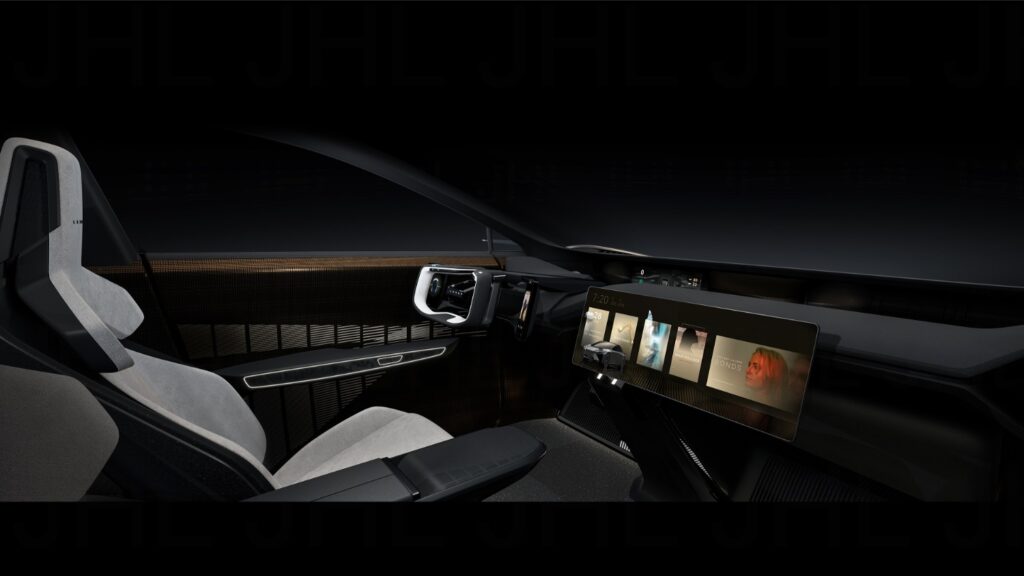
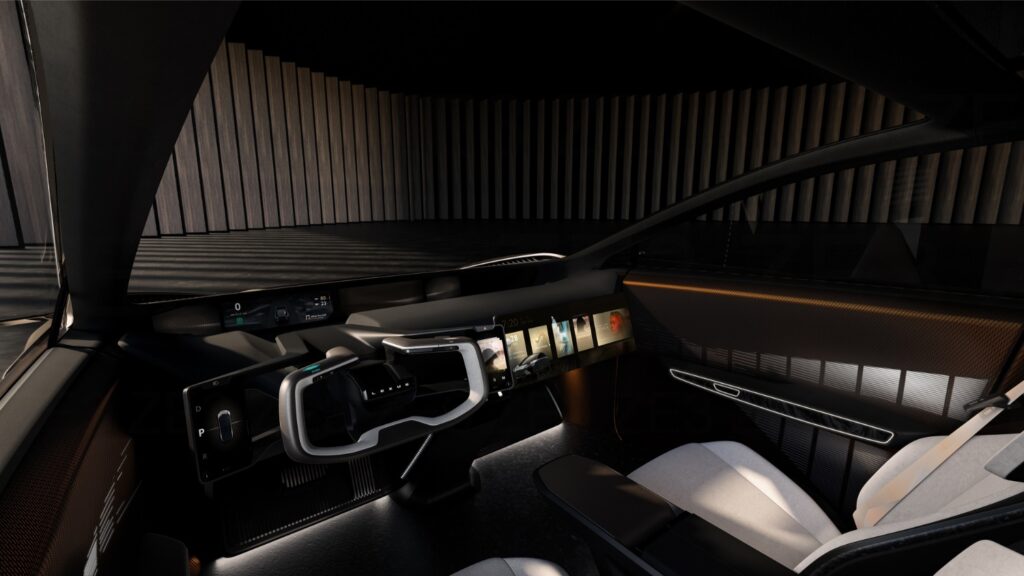
The functions are consolidated in small digital screens on each side of the driver. Operational controls, such as transmission, safety systems, driver assistance (ADAS), and driving mode selection, are located on the left panel, while convenience features, such as audio, phone, temperature control, and artificial intelligence (AI) functions, are grouped on the right. These concept cars are also equipped with digital rearview mirrors and side mirrors, as well as an ultra-wide monitor on the front passenger side for access to entertainment and mobility applications.
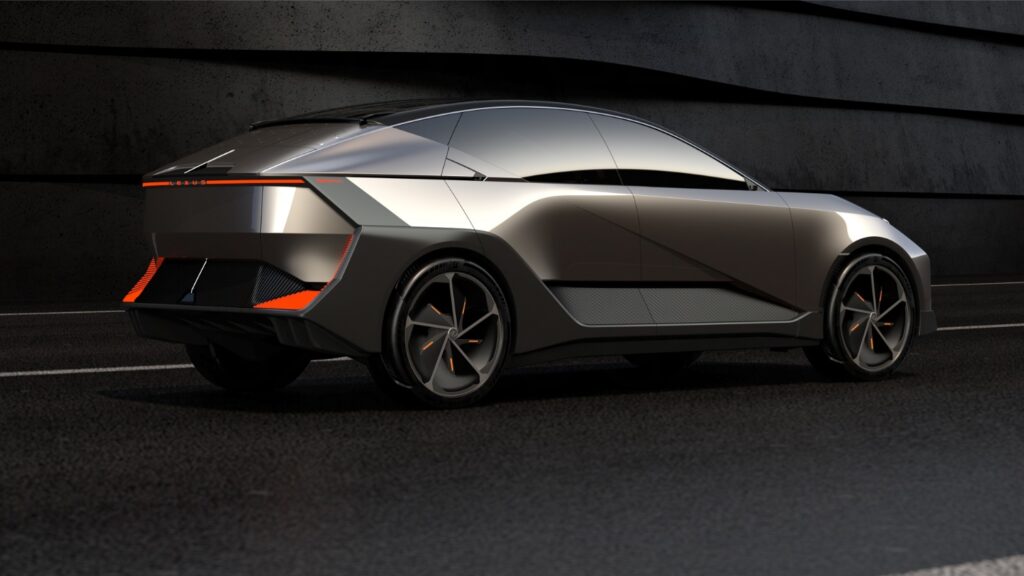
Both prototypes make use of high-quality materials and advanced technology, with a highlight on the new Lexus Arene operating system that will open up new possibilities for entertainment and connectivity. Using AI resources, the voice recognition system will provide quick responses to commands and will be able to make personalized and flexible suggestions – comparable to the services of an always-available personal assistant.
The system will also be able to learn the driver’s routines and preferred applications and functions and activate them automatically without being prompted.

In addition, Lexus revealed that each of these future models will benefit from improvements in powertrains and continuous advancements in battery technology, as the brand is developing a new high-performance lithium-ion battery that is expected to allow for a charging time of 10 to 80% in about 20 minutes and a range of about 800 km (WLTP cycle).












